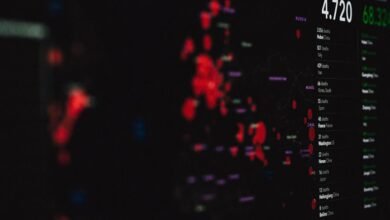Comparative Assessment Using 9738424694, 9786195663, 9788933001, 9789384194, 9789722002, and 9803813770

A comparative assessment of the publications identified by the ISBNs 9738424694, 9786195663, 9788933001, 9789384194, 9789722002, and 9803813770 reveals notable thematic diversity and methodological rigor. Each work addresses unique societal issues, employing varied methodologies that enhance their credibility. This analysis not only highlights their individual contributions but also suggests potential intersections between the fields. The implications of such relationships warrant further exploration.
Overview of the Publications
Although the International Standard Book Number (ISBN) serves as a critical identifier for publications, the range of materials it encompasses varies significantly.
Different publication types, such as books, e-books, and audiobooks, cater to diverse target audiences. This variation highlights the necessity for authors and publishers to select appropriate ISBNs, ensuring that their works are effectively categorized and easily accessible to their intended readership.
Comparative Analysis of Themes and Methodologies
The diverse types of publications identified by ISBNs reflect a wide array of themes and methodologies employed by authors and publishers.
This thematic diversity showcases the varied interests and societal issues addressed, while the methodological rigor demonstrates the commitment to academic integrity and thorough inquiry.
Together, these elements contribute to a rich tapestry of knowledge, inviting readers to explore diverse perspectives and insights.
Contributions to Their Respective Fields
While the contributions of publications identified by ISBNs may vary significantly across disciplines, each work plays a crucial role in advancing knowledge and understanding within its respective field.
Their collective academic influences yield substantial research impact, fostering disciplinary evolution.
Through effective knowledge dissemination, these texts offer theoretical implications that drive field advancements, ultimately shaping future inquiries and enhancing the overall landscape of academic discourse.
Conclusion
In summation, the comparative assessment of the six publications unveils a vibrant tapestry of thematic richness and methodological diversity. Each work, like a distinct thread, interweaves to form a collective narrative that enhances scholarly discourse. Their contributions resonate across disciplines, illuminating societal issues with clarity and depth. As beacons of knowledge, these texts not only enrich academic inquiry but also pave pathways for future exploration, urging researchers to delve deeper into the complexities of their respective fields.





